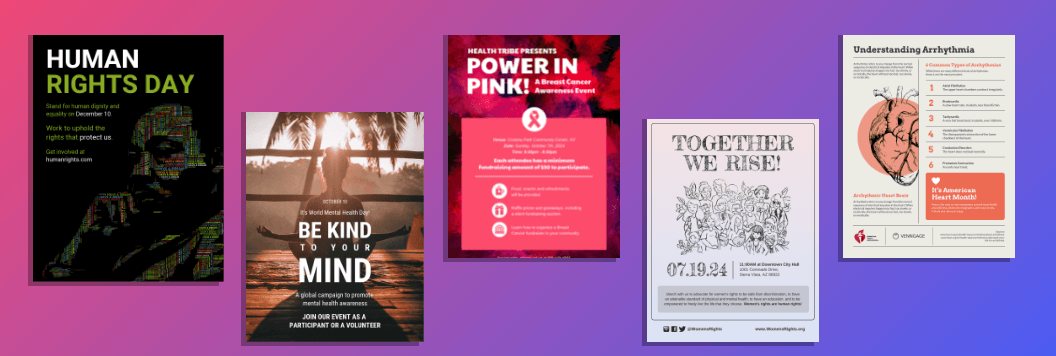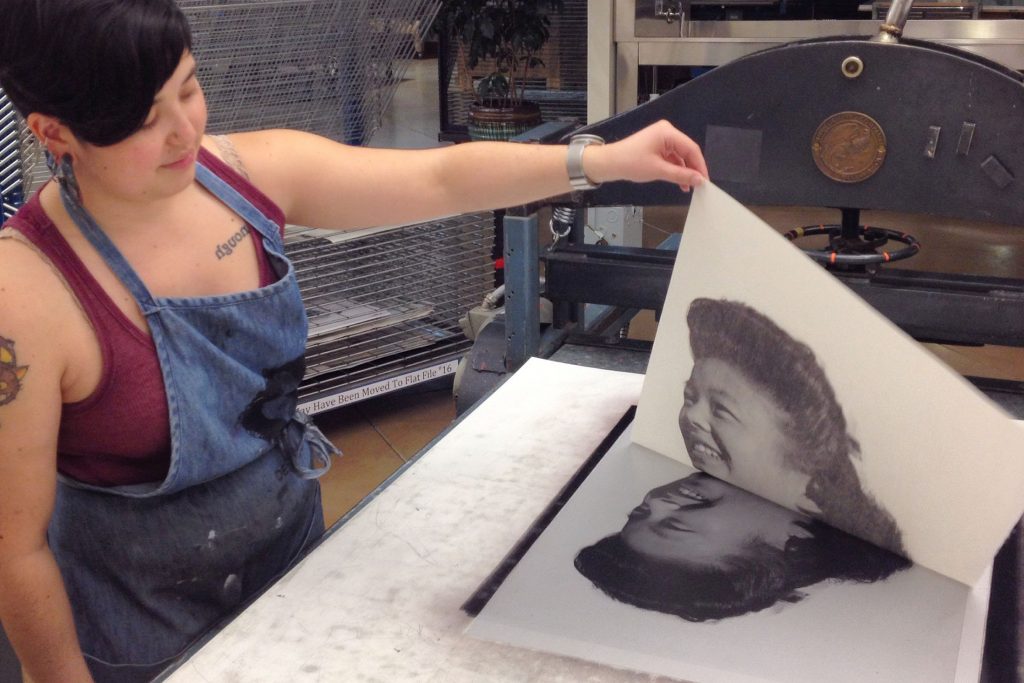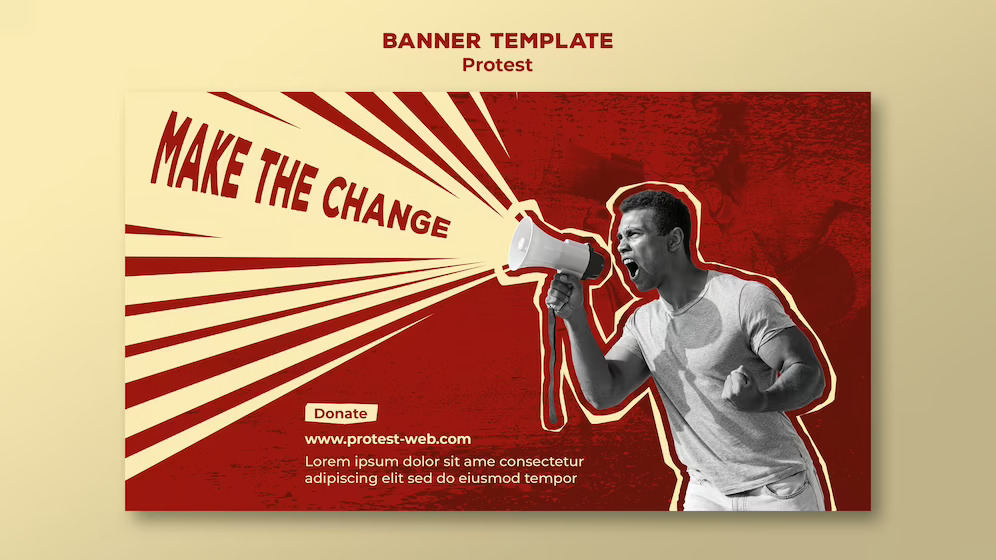Types of Posters
- 1 4 Best Types of Posters
- 1.1 Lithography
- 1.2 Post-modernism
- 1.3 Propaganda
- 1.4 Digital
Posters have been used for a wide variety of purposes throughout history. They are a form of advertising that can be very effective when designed properly.
Posters come in many different styles and can be divided into two main categories: subject and corporate.
4 Best Types of Posters
Lithography
Lithography is a printing technique that involves marking a piece of stone or metal. It is a very versatile medium and can be used to reproduce images from paintings or drawings. It is an affordable and easy-to-use method, making it ideal for producing high volumes of copies.
Lithographs are made by hand, and the artist must be able to draw on a stone in the same manner as they would if they were creating a drawing with a pencil. They must also avoid smudging the stone with their hands, as this could lead to errors in the final print.
The first lithograph was made in 1796 by German playwright Alois Senefelder. He was frustrated with the lack of a publisher for his scripts, so he decided to engrave them on limestone to make multiple copies at once. The process was a hit, and it became one of the most popular mass printing methods.
Initially, lithography was only available in monochrome, but it later became possible to create multi-color prints. During the 19th century, artists like Godefroy Engelmann discovered that it was possible to add a different color each time the stone was printed, which resulted in a wide range of hues.
As the process became more refined, it was used by a variety of different types of artists. Some artists used it to create works that portrayed nature, while others used it to create images of art and culture.
In the 19th century, lithography was often associated with maps and music, but it eventually became more widely adopted as a fine art form. It is still used today to reproduce works of art by some of the world’s most famous artists.
Typically, these lithographs are printed in large quantities and can be seen as a type of poster that is used to advertise a company or event. Poster printing is often a great way to attract attention and make an impression on the audience.
Post-modernism
Post-modernism is a philosophy that is often considered a reaction to modernism. It is a form of relativism that promotes the idea that there are no universal truths or objective facts. It also believes that there are no absolutes in life and that everyone has their perspective.
Many people use postmodernism as a way to understand the world around them. It is often used to examine society in general, but it can also be applied to specific events and places.
For example, postmodernism can be used to examine the relationship between art and technology. The movement encourages the use of technological advancements in the design process.
Another key feature of postmodernism is that it breaks down the distinctions between high and low culture. This is because the movement was based on a broader perspective of the world and aimed at creating a more democratic art style.
In the field of design, this can be seen in the use of neo-dadaism and photo collage. This design style uses bold colors, black and white photos with colorful splashes of text, and dramatic layouts. It also has geometric shapes that go against traditional grids and is very messy.
Many designers practice this style. Some of them include Paula Scher and Memphis Design.
The style of design is usually criticized as superficial and cynical, but this has not stopped it from becoming very popular in the past few decades. The main reason this style is so popular is that it is so different from traditional design methods.
Several designers from this era also used different styles of typography to create their posters.
For example,
Paula Scher was a champion of ‘new typography’ that was energetic and explosive in appearance. She was also a big fan of incorporating photo collages and pop art into her designs.
Postmodernism is a very broad term that encompasses many different visual styles. The most common ones are dramatic layouts that do not follow a standard composition, image appropriation, and culture jamming.
Propaganda
Propaganda is any information designed to influence a group of people in order to promote a certain agenda or cause. It is often used to sway the public to one side or the other of a conflict, but it can also be positive and used to promote noncontroversial ideas or beliefs.
In general, propaganda can be divided into two main types: advertising and propaganda. Both types can be used for different reasons, but most of them use similar techniques to influence the viewer.
Advertising: This type of propaganda uses pictures, videos, or words to sell products or services. Typically, it is done through TV commercials or social media posts.
People’s emotions: Another common method of propaganda is to appeal to people’s feelings. This is a very powerful way to influence the audience because it allows people to respond in a way that is not based on logic.
Appeals to one’s emotions can be very effective and have the ability to affect a person’s entire life. This is because people’s feelings are usually more powerful than their thoughts and can lead to action.
Emotional appeals are commonly paired with simple objects that the general public would understand and recognize. For example, the skull and crossbones are often used in propaganda posters to represent ‘death’ or ‘danger.’
These symbols are often combined with other images that appeal to the viewer’s emotions, making them more likely to take action. This technique is most common in political campaigns and other high-profile events.
Ad nauseam: This type of propaganda targets an audience over a long period to ensure they keep hearing about it. Companies like Wix and Fairness Cream are famous for using this tactic to keep their products and services front of mind.
Xenophobia: This type of propaganda exploits people’s worst prejudices to gain political advantage. This can include racism, sexism, anti-Semitism, and nativism.
This is the most obvious and common type of propaganda. This type of propaganda often appeals to people’s emotions and uses illogical relationships between concepts or symbols, such as the ‘good’ car and an attractive woman or a sex symbol.
Digital
Digital posters are a relatively new addition to the poster landscape. They offer a number of benefits, including cost-efficiency, flexibility, and dynamic content.
The most common use of digital posters is to advertise products or services. These types of ads can include photos, videos, GIFs, or other multimedia that attract audiences and convey a message quickly.
Another popular use of digital posters is to provide information about a particular event or program. These can include start times, ticket availability, and other relevant details. They are also used to inform the public about public service announcements and advertisements for new product lineups.
In addition to these uses, digital posters are an excellent alternative to traditional paper posters that are often torn up or littered following a presentation. DIPPs (digital interactive posters) allow presenters to highlight and magnify certain sections of their presentation and even provide opportunities for discussion between the audience and presenter.
Posters are also a time-honored way for researchers to present their findings to an audience. They can be created in a variety of formats and come with embedded links to jump around within the poster as the presenter presents their research findings.
For this reason, it is important to carefully consider what type of poster best fits the needs and goals of your organization. Choosing the right format can be a daunting task, especially when it comes to designing a digital poster that will effectively communicate your message to the intended audience.
We’ve compiled some helpful tips and recommendations to help you decide what type of digital poster is best for your situation. These include creating posters that are readable on a wide range of devices and choosing a layout that will maximize the impact of your posters.
We recently worked with Mercer University College of Pharmacy to create a poster activity for students to use in their Practice of Pharmacy courses. The assignment required students to develop a printed poster and then present it in a digital format. The results of the study showed that introducing a digital poster format increased students’ perceptions of poster utility and preference over printed posters while also improving their learning about pharmacy-related topics.





















